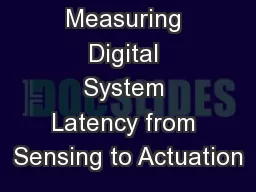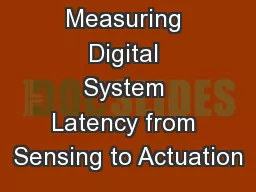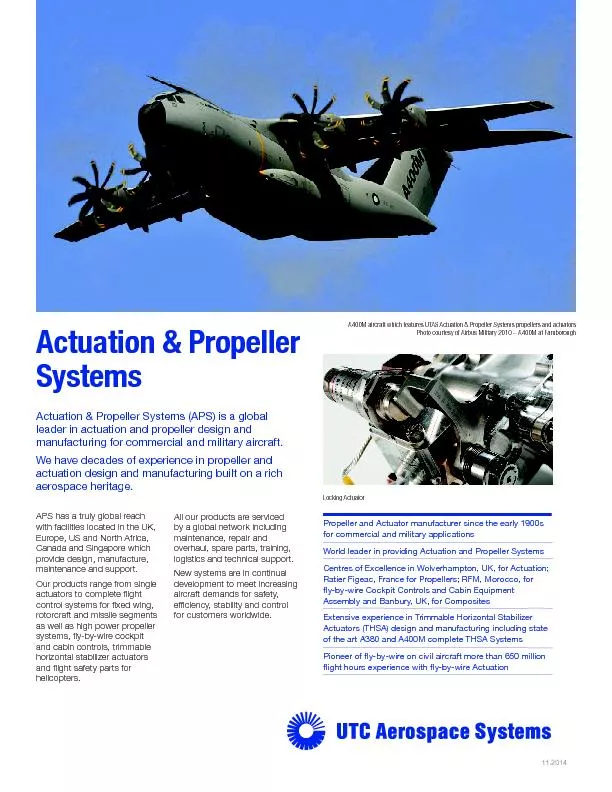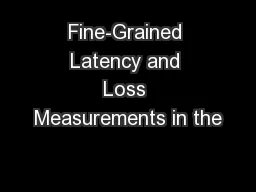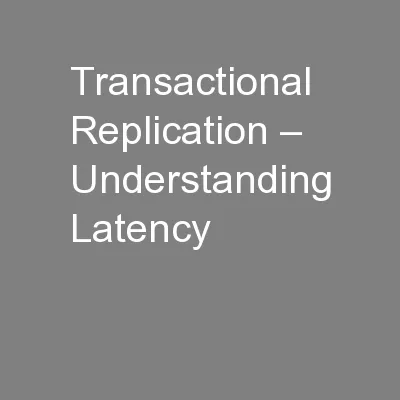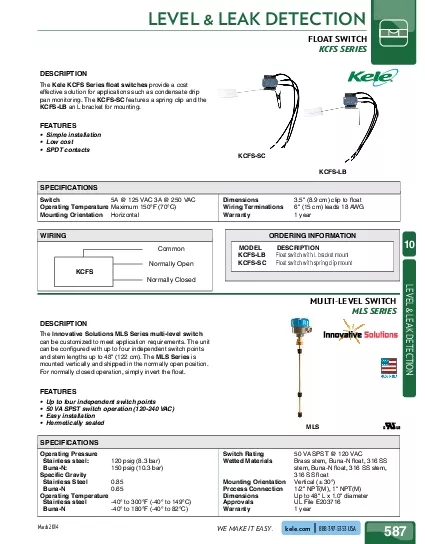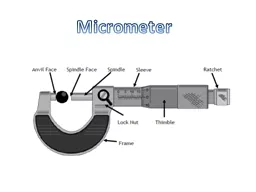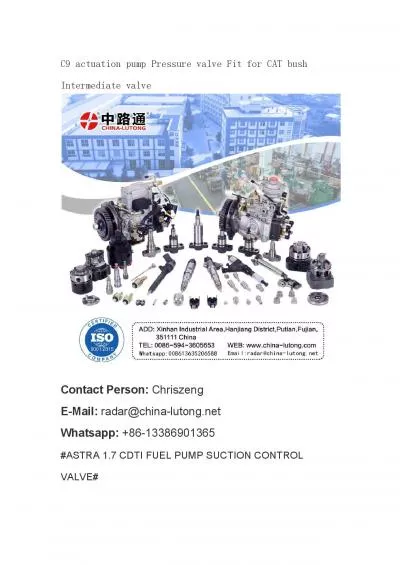PPT-Measuring Digital System Latency from Sensing to Actuation
Author : karlyn-bohler | Published Date : 2018-03-21
at Continuous 1 ms Resolution Weixin Wu Yujie Dong Adam Hoover Dept Electrical and Computer Engineering Clemson University What is system latency Delay from when
Presentation Embed Code
Download Presentation
Download Presentation The PPT/PDF document "Measuring Digital System Latency from Se..." is the property of its rightful owner. Permission is granted to download and print the materials on this website for personal, non-commercial use only, and to display it on your personal computer provided you do not modify the materials and that you retain all copyright notices contained in the materials. By downloading content from our website, you accept the terms of this agreement.
Measuring Digital System Latency from Sensing to Actuation: Transcript
Download Rules Of Document
"Measuring Digital System Latency from Sensing to Actuation"The content belongs to its owner. You may download and print it for personal use, without modification, and keep all copyright notices. By downloading, you agree to these terms.
Related Documents

